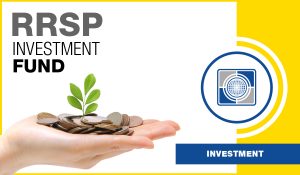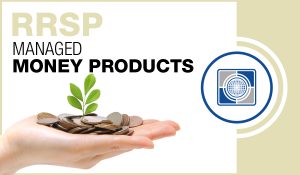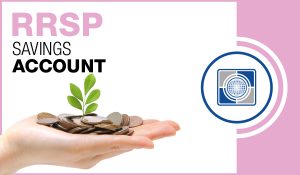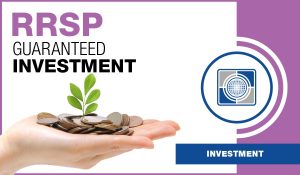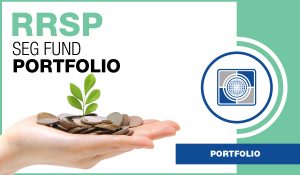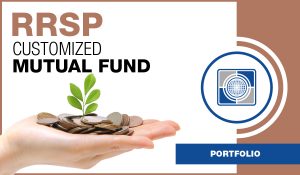Investing in an RRSP is a common Canadian tax strategy. It’s also one of the quickest (and easiest) ways for clients to include tax deductions with their personal income tax filing. It’s important to note that deductions can be used against income, but they can’t bring income into the negative.
- Help you invest your savings tax-free during your working years to supplement your income during retirement
- Are transferable to your spouse on a tax-deferred basis if you die
- Can be used toward the purchase of a home.
- Can be used to finance your education if you decide to go back to school.
- Must be transferred to a (registered retirement income fund) by December 31 of the year in which you turn 71
An RRSP is such a powerful savings vehicle because your contributions are tax deductible, and the taxes on any investment growth are deferred until you take your money out. Tax-deductible contributions mean you'll have more of your income available for your current needs, even while you're saving for the future. And tax-deferred investment growth (interest, dividends, capital gains) keeps more of your money working for you.
When you withdraw money from your RRSP, it is taxed at your tax rate at the time you take it out. But if you're like most people, you'll be retired when you start to take withdrawals, so your tax rate will likely be lower than when you were employed, and you'll be able to keep more of your hard-earned money.
Speak to your advisor and learn if RRSP’s are right for you.
An RRSP is a retirement savings plan that you establish, that we register, and to which you or your spouse or common-law partner contribute. Deductible RRSP contributions can be used to reduce your tax.
Any income you earn in the RRSP is usually exempt from tax as long as the funds remain in the plan; you generally have to pay tax when you receive payments from the plan.
Deductible contributions: You get immediate tax break by deducting your RRSP contributions from your income each year. Effectively, your contributions are made with pre-tax dollars.
Tax-sheltered earnings: The money you make on your RRSP investments is not taxed as long as it stays in the plan.
Tax deferral: You’ll pay tax on your RRSP savings when you withdraw them from the plan. That includes both your investment earnings and your contributions. But you have deferred this tax liability to the future when it’s possible that your marginal tax rate will be lower in retirement than it was during your contributing years.
Making an RRSP contribution helps you save on taxes – you may even get a tax refund. But what if you don’t have enough money to make a contribution? Should you borrow? Here are some factors to consider before deciding. Here are 4 factors to consider:
- Interest rates
- Paying back the loan
- Your level of debt
- Your taxable income
Two other strategies to consider are, instead of borrowing a large amount to make an RRSP contribution; you may want to use 1 of these strategies:
- Contribute what you would have paid to service the loan
- Take out a series of 1-year loans instead of 1 big loan
Key questions to ask:
- Are interest rates low?
- Can you pay off the loan quickly?
- Do you have the other high-interest debt?








